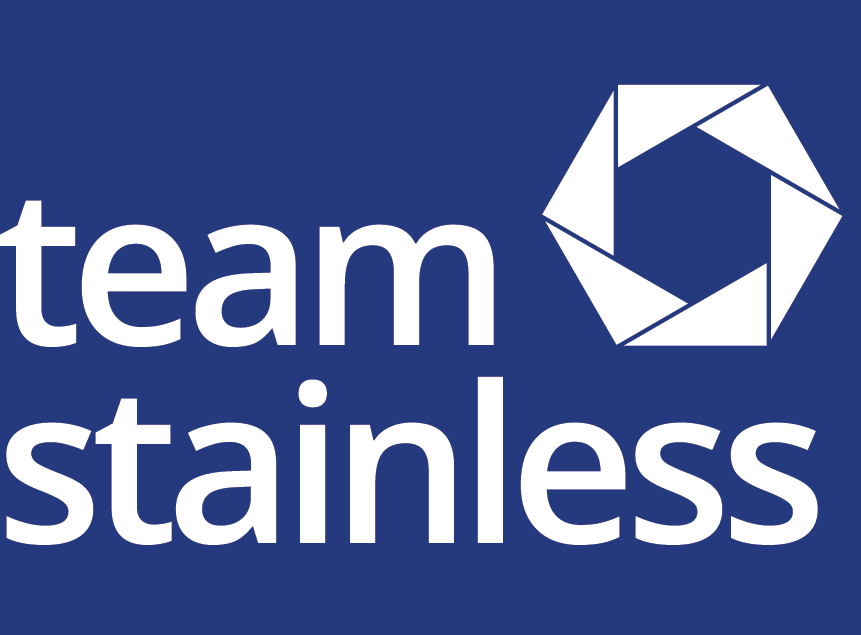Castings in construction (SCI-P172)
This resource is a guide aimed to provide engineers, architects and fabricators with the properties and capabilities of iron, carbon steel and stainless steel castings. Castings provide high strength, ductility and toughness, efficient production methods, excellent surface finish, and have good welding and machining characteristics. These properties allow savings on materials and minimise manufacturing costs. This guide explains the basic processes and techniques of castings and provides information for the designer on welding, surface finishes, tolerances and inspection and testing methods. It emphasises the importance of correct specification of the casting techniques and the appropriate level of quality. The procurement process is explained and illustrated with flowcharts. Appendices give examples of recent projects using structural castings, including 4 detailed case histories featuring main truss connections, glazing connections, beam to column connections and compression members in a bridge. Lists of sources of further information and the addresses of some UK foundries are also given.
Date: 1996
Provider: Steel Construction Institute


